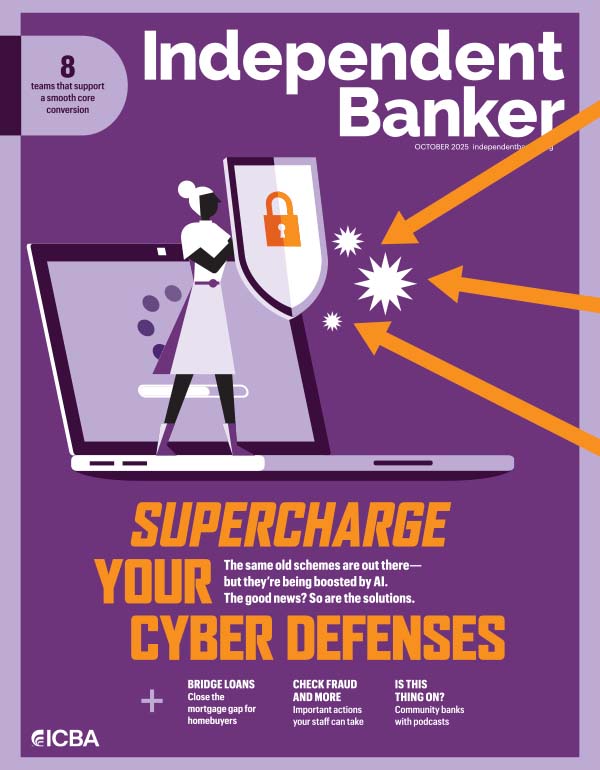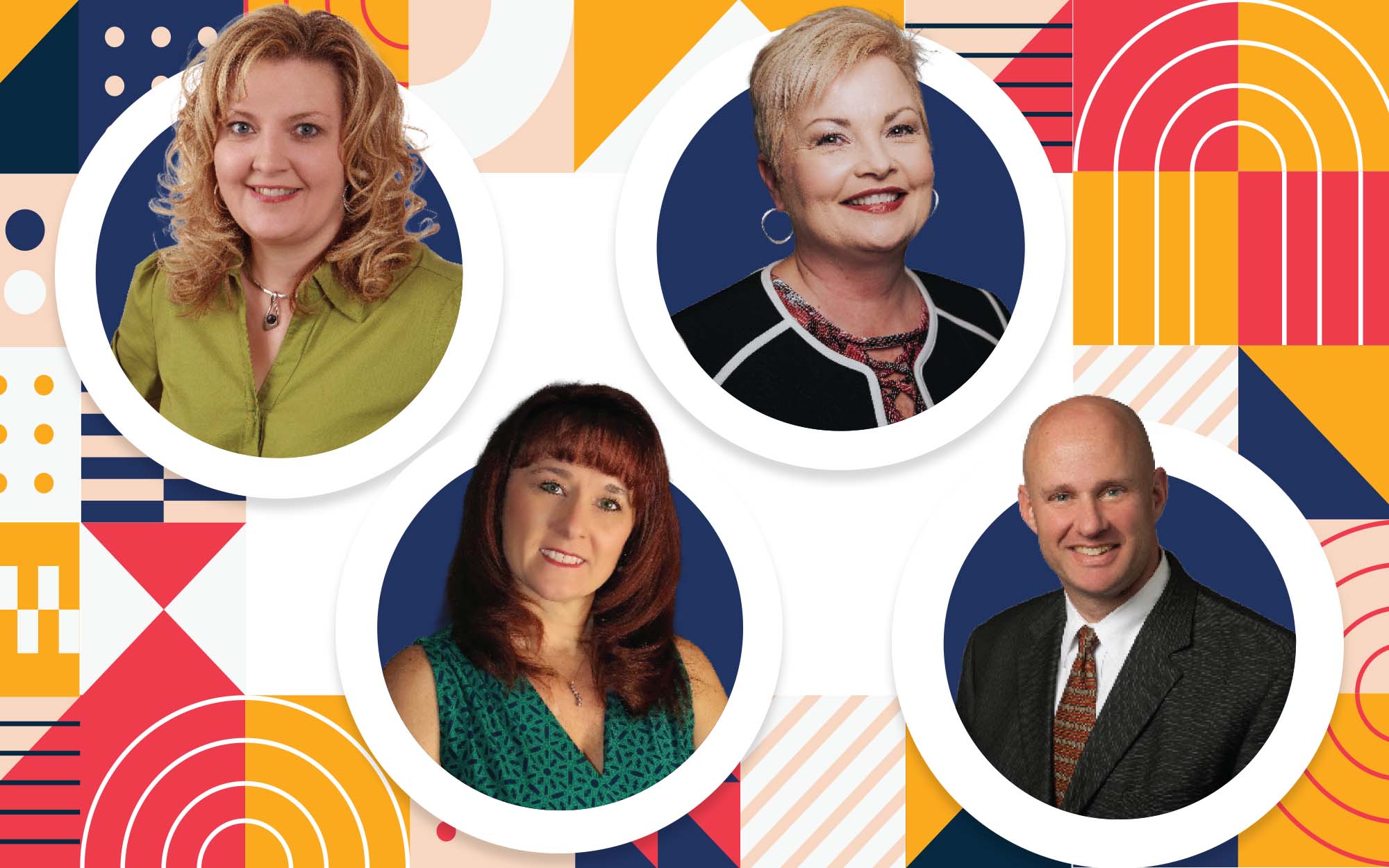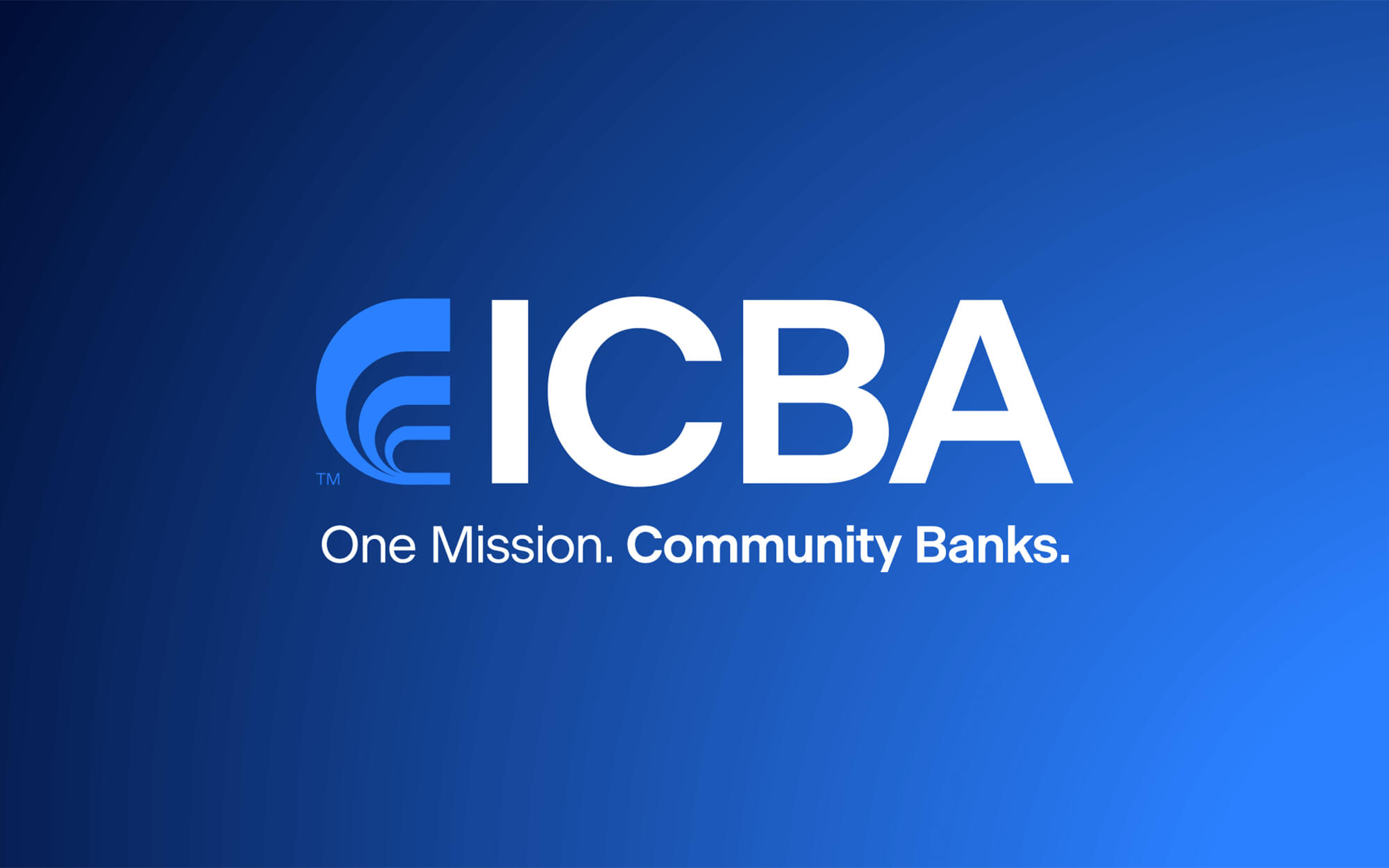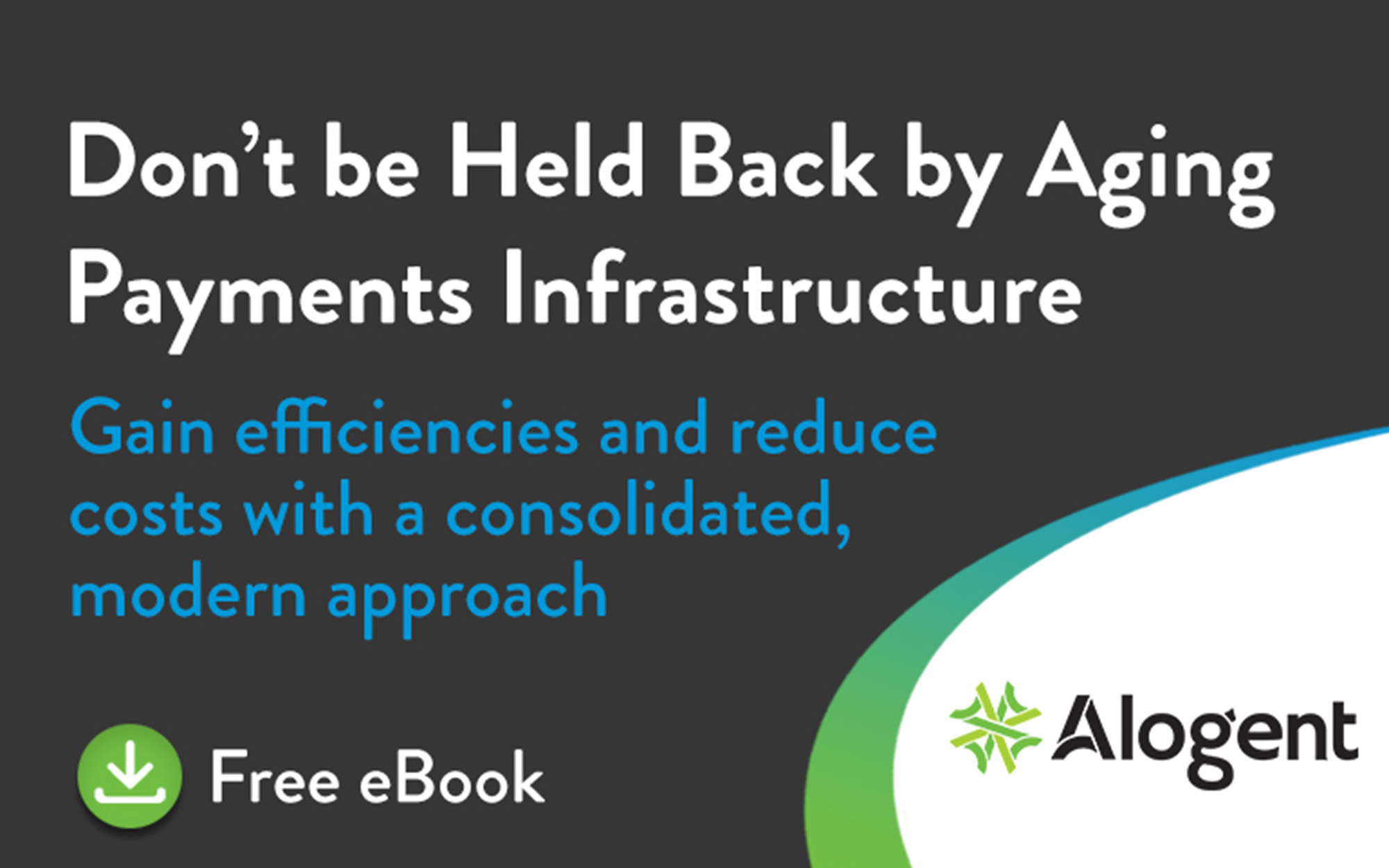While it’s critical to find ways to attract and retain millennials and Gen Zers, it’s also imperative to give shout‑outs to the unsung heroes of community banking: employees who have been lending their talents to the industry for years, if not decades.
Four long-serving professionals share their career paths, what they’ve learned along the way, the changes they’ve seen in the industry—and why they’ve remained in community banking for as long as they have.
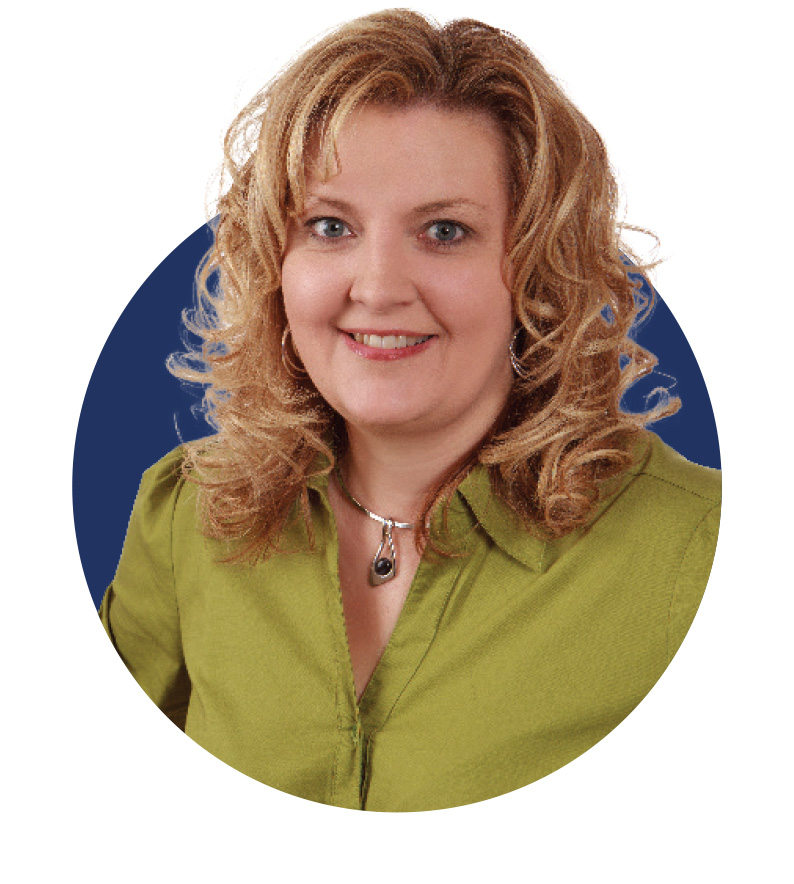
Michelle Unthank
Administrative specialist at $628 million-asset Legence Bank in Eldorado, Ill.
Time in community banking: 17 years
I took a leap of faith and made a career change after managing a Dairy Queen for 13 years and applied to Legence Bank in 2005. I began as a receptionist with Legence and started learning how to be a teller. I started filling in when one of our tellers needed time off or they needed extra help on the weekends.
After six years, I transitioned roles and started working in our eBranch. The eBranch handles our online banking, mobile app and online account opening. I was in this role for 10 months, and then I was offered a branch manager position at our Equality, Ill., location. I was thrilled and accepted the position with open arms. I worked at this location for one year and was then offered the branch manager position at a larger branch in Eldorado. In 2015, I moved to another large branch location in Harrisburg as the branch manager and remained there for five years.
“Working for a community bank allows me and other team members to treat our customers like family and not a number.”—Michelle Unthank, Legence Bank
In 2021, I moved to our corporate office, where I am currently working as an administrative specialist. I provide support to our commercial, consumer and mortgage lenders, while also helping with business development to assist with the bank’s growth.
Working for a community bank allows me and other team members to treat our customers like family and not a number. We are afforded the opportunity to develop relationships, not just make a transaction. We take time to know and understand our customers’ financial needs. We are big supporters of the communities we serve through volunteerism, giving through sponsorships, donations, education with our financial literacy program and so much more!

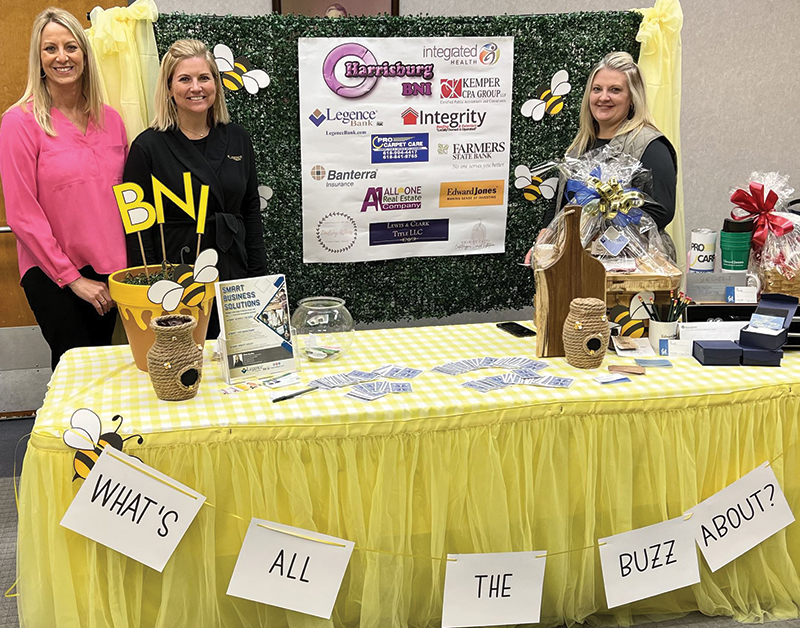
Michelle Unthank (above and bottom, right) is active in her community.
We love supporting local businesses to help our communities continue to thrive. We may be a smaller bank, but we pride ourselves on providing the same products and services as the larger banks, while focusing on relationship banking.
Since I began working in the financial industry in 2005, there have been a tremendous number of changes. There are so many new developments in online banking, mobile apps, online applications; and technology in general has drastically improved. We live in a fast-paced world with immediate needs, and we strive to provide those services to our customers.
The name “community banking” speaks volumes when it comes to Legence Bank. Working for Legence has never been just a job to me; it is an opportunity to be part of a family that cares about our communities and serves our customers. It has taught me to treat others the same way I would want to be treated, and I demonstrate this with our customers daily. When I go to work, my focus is helping our customers with any and all of their financial needs. It’s such a fulfilling experience to know they come to us for guidance and help with achieving their goals. Giving back to our communities is so important to me and our team. I love watching the individuals, families and our communities grow and prosper. Being able to make a difference and positively affect someone’s life is priceless.
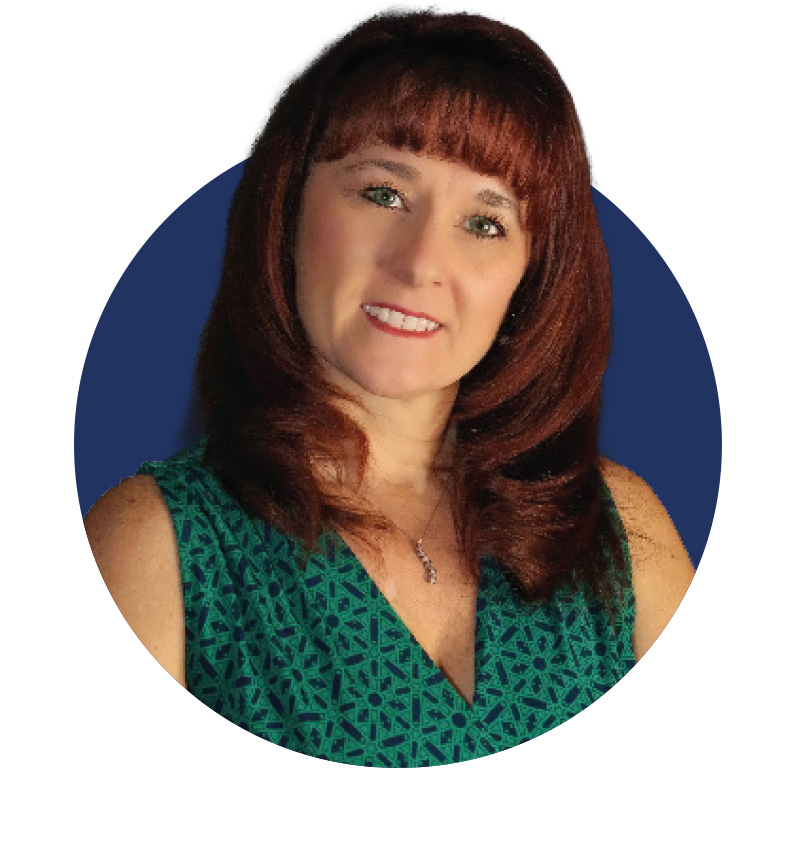
Karri L. Bath
Vice president of compliance/HR manager at $215 million-asset Nevada Bank & Trust in Caliente, Nev.
Time in community banking: 23 years
I started at Nevada Bank & Trust in February 1996. I had just graduated from the University of Nevada Reno in December 1995 with a bachelor’s degree in business administration with an emphasis in human resources. After I moved to Ely, Nev., to be with my fiancé, I took a position as a part-time teller.
I left the bank in February 1997 to pursue a career in human resources at a local gold mine. When the company declared bankruptcy in April 1999, I approached Nevada Bank & Trust for a job reference. Instead, I left with a job offer as a full-time teller. In July 1999, I advanced to loan officer/new account specialist and remained in that position until February 2003, when I took the position of HR manager/compliance and training officer. Both were new positions to the bank.
I created both departments from scratch, writing policies and procedures and implementing training. In mid 2004, I became an assistant vice president of the bank. And in January 2020, I became vice president of compliance, while still maintaining my duties as HR manager and training officer. There is very little that happens at the bank that I am not involved with in some aspect.
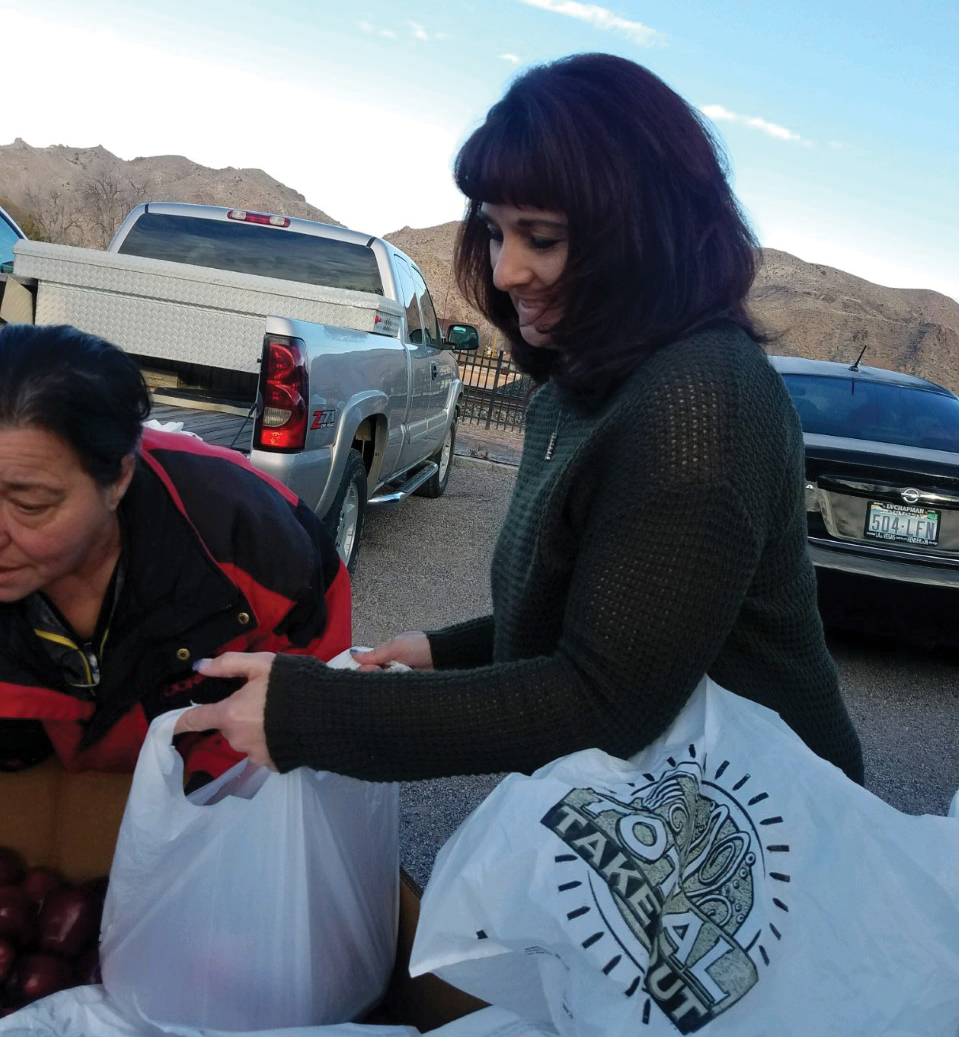
Bath and colleagues volunteer at a food bank once a month.
When I started in banking, we did not have computers on the teller line. All transactions were written on tickets by hand. The tickets and checks were run through a proof machine, which would then encode them, take an image and put it on film, then sort the tickets and checks. We would bundle all the work for the day together into a paper cash letter and ship it to the Fed.
Research of transactions was done on microfilm/microfiche. We used to type our loan documents and pre-printed forms and would keep written ledgers of loan payments and escrow accounts. Account signature cards were either written by hand or typed. We had to know the difference between a debit and credit, which is backwards from how they are used in accounting.
There have been so many regulatory changes over the past 20-plus years, one of the biggest being the USA Patriot Act and Know Your Customer. Account opening and ongoing due diligence changed dramatically. We were forced to develop and implement new policies and procedures and bring on new software to stay in compliance.
“I created my job from the bottom up. It’s like my baby, and I have a hard time even contemplating giving it up.”—Karri L. Bath, Nevada Bank & Trust
The same is true with the changes in mortgage loan regulations. We used to be able to do a mortgage loan from start to finish in approximately two weeks. Now, two months is the standard. Cybersecurity has gone from nonexistent to being one of the largest cost centers for the bank. Technology sure has taken us from manual operations to automation across the board.
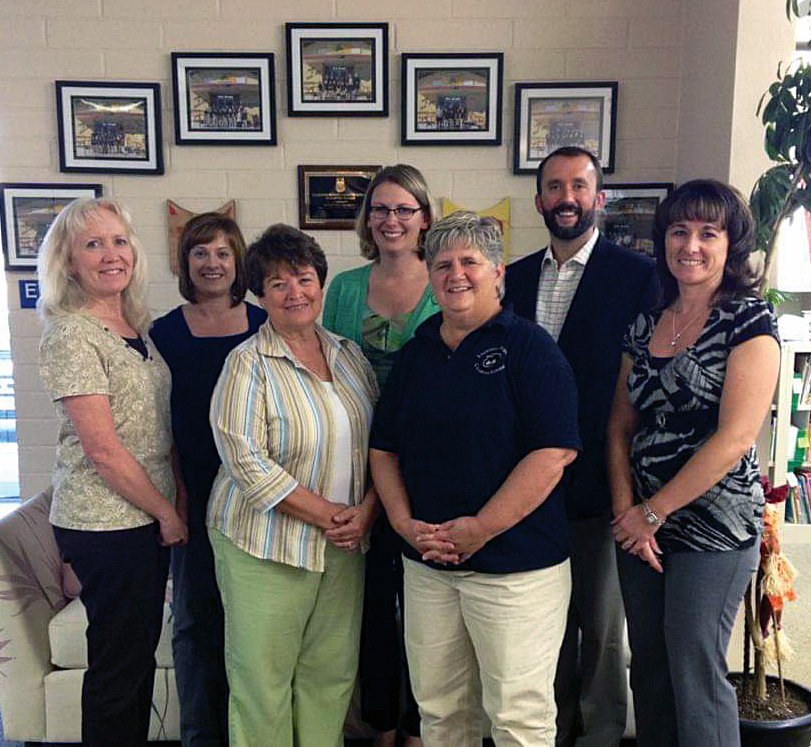
Bath (right) helped found a charter school in her community.
I love my job! Nevada Bank & Trust is the true essence of a community bank. We know our customers by name. I know every employee who works for the bank and talk to them regularly. Being a part of a community bank is like being a part of a big family.
I created my job from the bottom up. It’s like my baby, and I have a hard time even contemplating giving it up. The bank had faith in me all those years ago to develop two critical departments, and I strive every day to continue to meet their expectations.
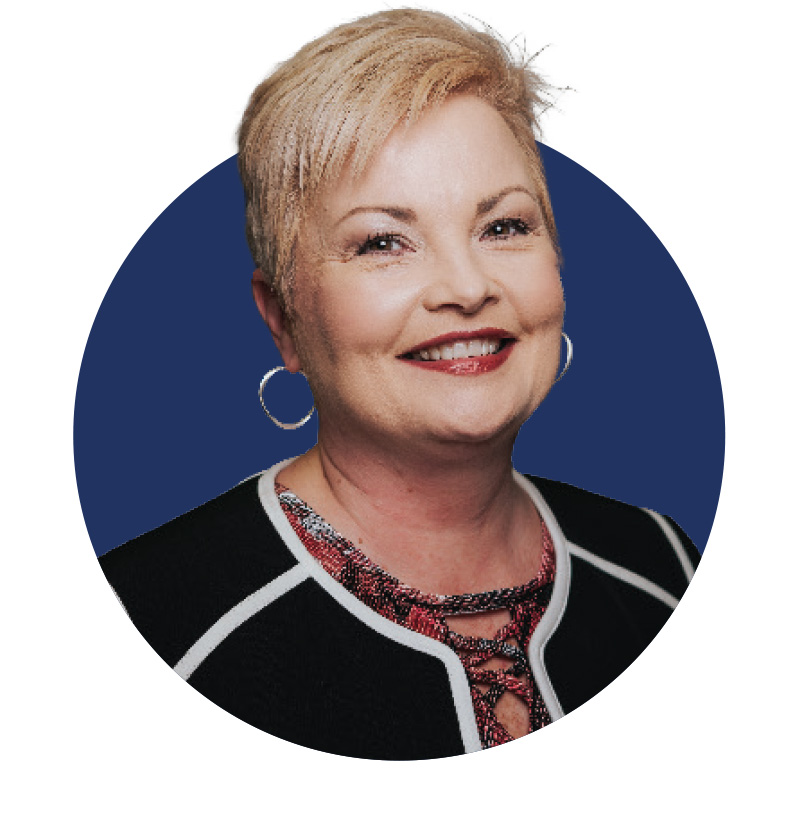
Carol Wilson
Senior vice president, internal audit at $663 million-asset Community First Bank in Walhalla, S.C.
Time in community banking: 32 years
I have a bachelor’s degree in accounting, and I held three preparatory jobs before landing in community banking. Those three jobs involved bookkeeping, customer service and accounting and were great first steps to my eventual career in deposit operations and now, internal auditing.
Over the years, I have learned so many things. My operational background has given me the opportunity to learn the why and the how of banking. I have grown from an entry-level proof operator to learning and understanding most areas of the bank.
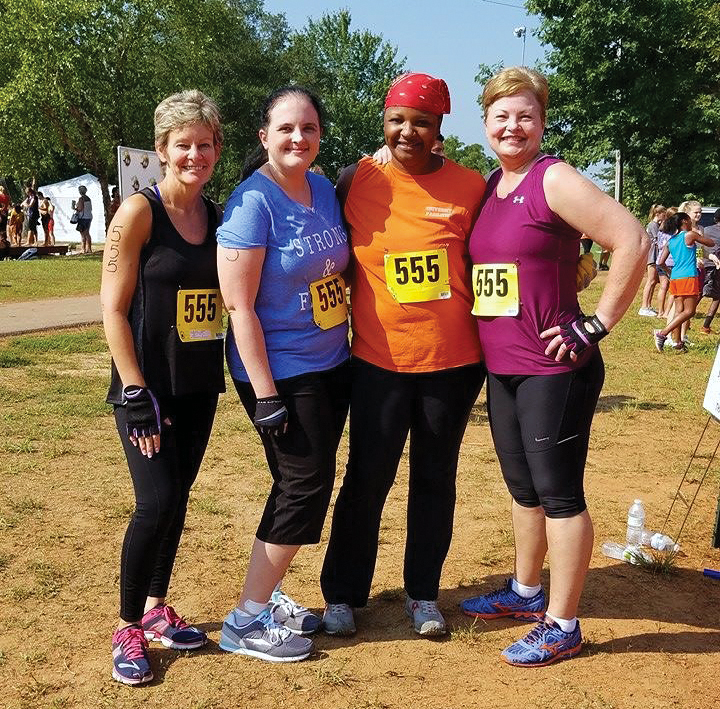
Wilson (right) and friends supported Collins Children’s Home with a Mud Run.
Customers will be loyal when they feel that they are treated with understanding. Customer service is about taking care of the customer and making them feel welcomed, and I think that is one of the most important things I’ve learned.
Wow, industry changes over the years, and technology is probably the biggest change. Gone are the days of paper checks and having to come by the branch during banking hours. Electronic banking has made everything from deposits to using a debit or credit card immediate. Banking is so much more convenient for the customer now.
“Building those relationships and working with customers all these years has helped me to continue to grow and learn, and I am not done yet.”— Carol Wilson, Community First Bank
Another change is that I think fraud has increased. The bad guys are always out there, and technology gives them more sophisticated options than ever before. This means that we—the bank—have to be more vigilant than ever.
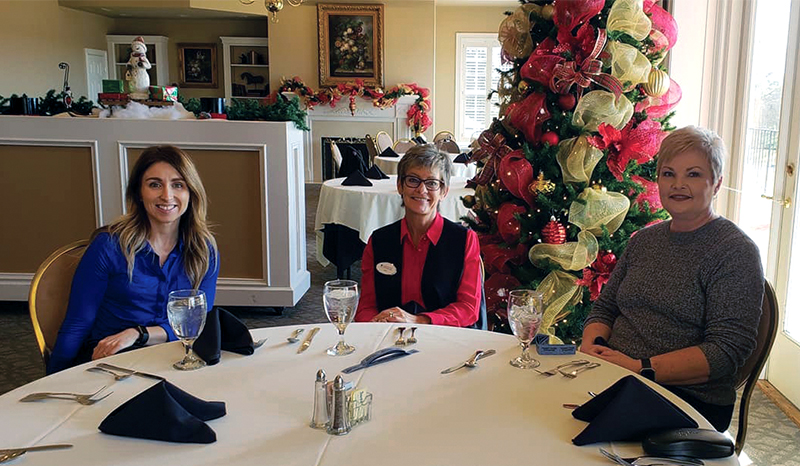
Wilson (right) attended a holiday luncheon to support a local charity.
I’ve remained in community banking because I found an open window of opportunity, a place where I could, and did, learn the banking process from the beginning of the transaction or customer request through to the final resolution. Community banking is the cornerstone for local businesses and individuals looking to build the town where they live. I think my 32 years in the banking industry, in my hometown, has allowed me to get to know our customers both personally and professionally, and community banking is truly about the relationship with the customer.
I was once told that banking could be learned, but how to give good customer service can’t. It is just something inside you. Building those relationships and working with customers all these years has helped me to continue to grow and learn, and I am not done yet. I have had some very good mentors throughout my career and have met and worked alongside some of the greatest people.
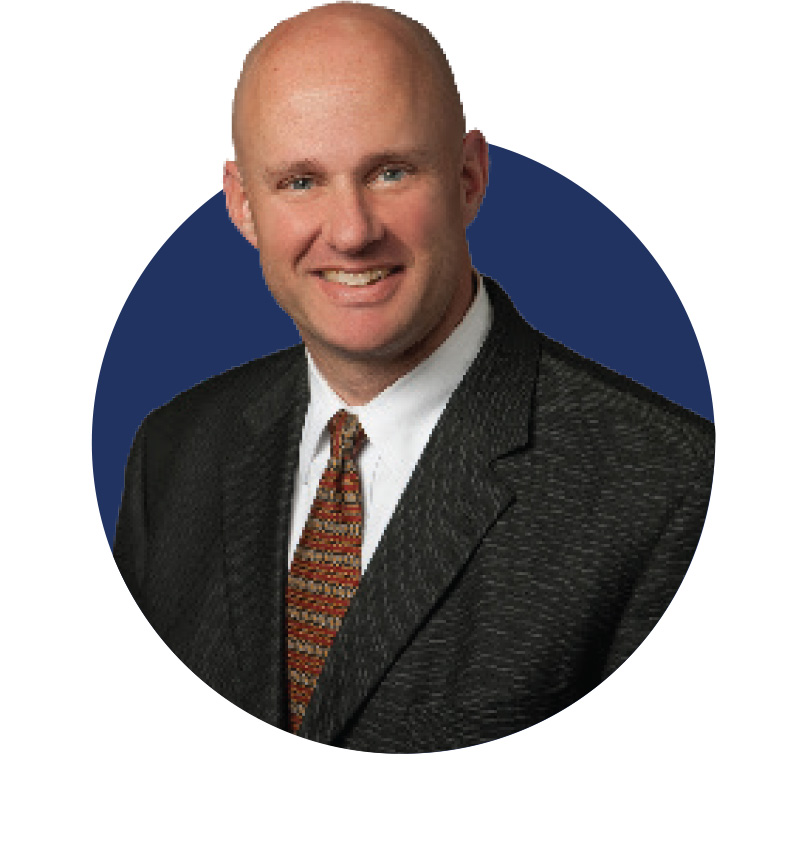
Stephen Gurin
Senior vice president, director of community banking, at $3.7 billion-asset Bar Harbor Bank & Trust in Bar Harbor, Maine
Time in community banking: 20 years
I started in banking in 1986, when big banks still had training programs. When I came out of the training program, I went into my bank’s small business lending group … but I really didn’t know a lot about being a good lender in commercial banking to help clients. I was just following the bank’s policies and procedures. Then I left regulated banking and went to work for a couple of different equipment leasing companies … until I landed a job at CIT Group. I was the senior chief credit officer for CIT’s healthcare group. Shortly after my arrival, CIT was acquired [and] my division was moved from Princeton, N.J., to Tempe, Ariz., but I chose not to go.
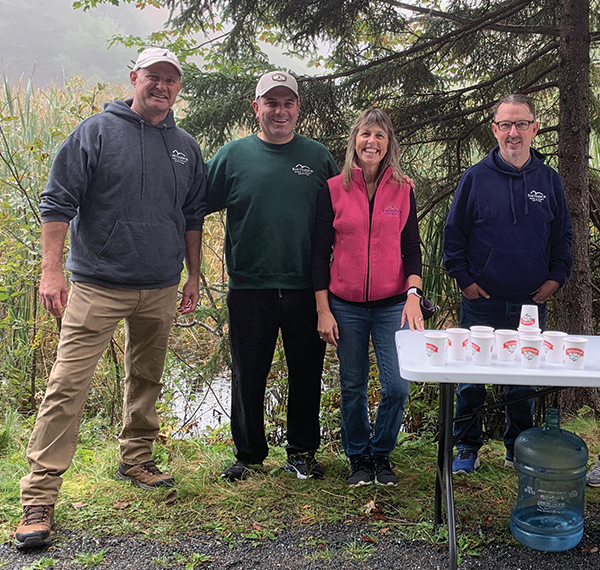
Gurin (left) volunteered at a YMCA marathon event in 2021.
I then had … to figure out what I wanted to do for the rest of my life. I got a master’s degree in finance and spent a lot of time working with small businesses in equipment leasing. I also got the opportunity to do venture capital work and learned how money works in business.
I found I really liked helping entrepreneurs with their business, which also builds up their communities. What I learned along the way is that entrepreneurs come to a local economy with a set of skills to help them generate income, though for most entrepreneurs, their skills don’t include finance. Most don’t understand how to reinvest in their business to make it successful enough to be worth selling when it’s time to exit—and that’s why they ask Joe Banker to help them.
I was looking for a community bank to work for, because I believe in character lending: handshakes, looking clients in the eye, telling the truth and honoring commitments.
I eventually found a community bank like that. I was being interviewed by the CEO to be the regional vice president of commercial lending for a new market, and the CEO said, “Let me tell you how we do banking here in central Vermont. If you serve the market well, you’ll earn new business, our clients will be happy and we will be happy. If you don’t serve the market well, then you won’t earn new business, our clients won’t be happy and we’ll have an unpleasant conversation in about a year.” And then I thought, that’s exactly what a community banker should be: somebody who comes in and serves the community.
“Community banks are a vital tool for keeping neighborhoods and communities active. If we’re not investing in communities, they are not growing and thriving.”—Stephen Gurin, Bar Harbor Bank & Trust
I worked there [until] 2013, when Bar Harbor Bank & Trust’s CEO came and found me. I’ve been here for eight years, managing a team of nine commercial lenders. Our customers are all local mom-and-pop businesses.
I’ve learned that a community bank is basically a community asset. [They] are a vital tool for keeping neighborhoods and communities active. If we’re not investing in communities, they are not growing and thriving. That’s the primary purpose for a community bank—to help keep communities vibrant.
There are a tremendous number of tools for people to bank electronically without talking to anybody, but when they need to do something important, the guidance they get from a banker—getting their questions answered, bringing up things they may not have thought of—can’t be beat. Banking, ultimately, is still a one-on-one activity; that hasn’t changed.

